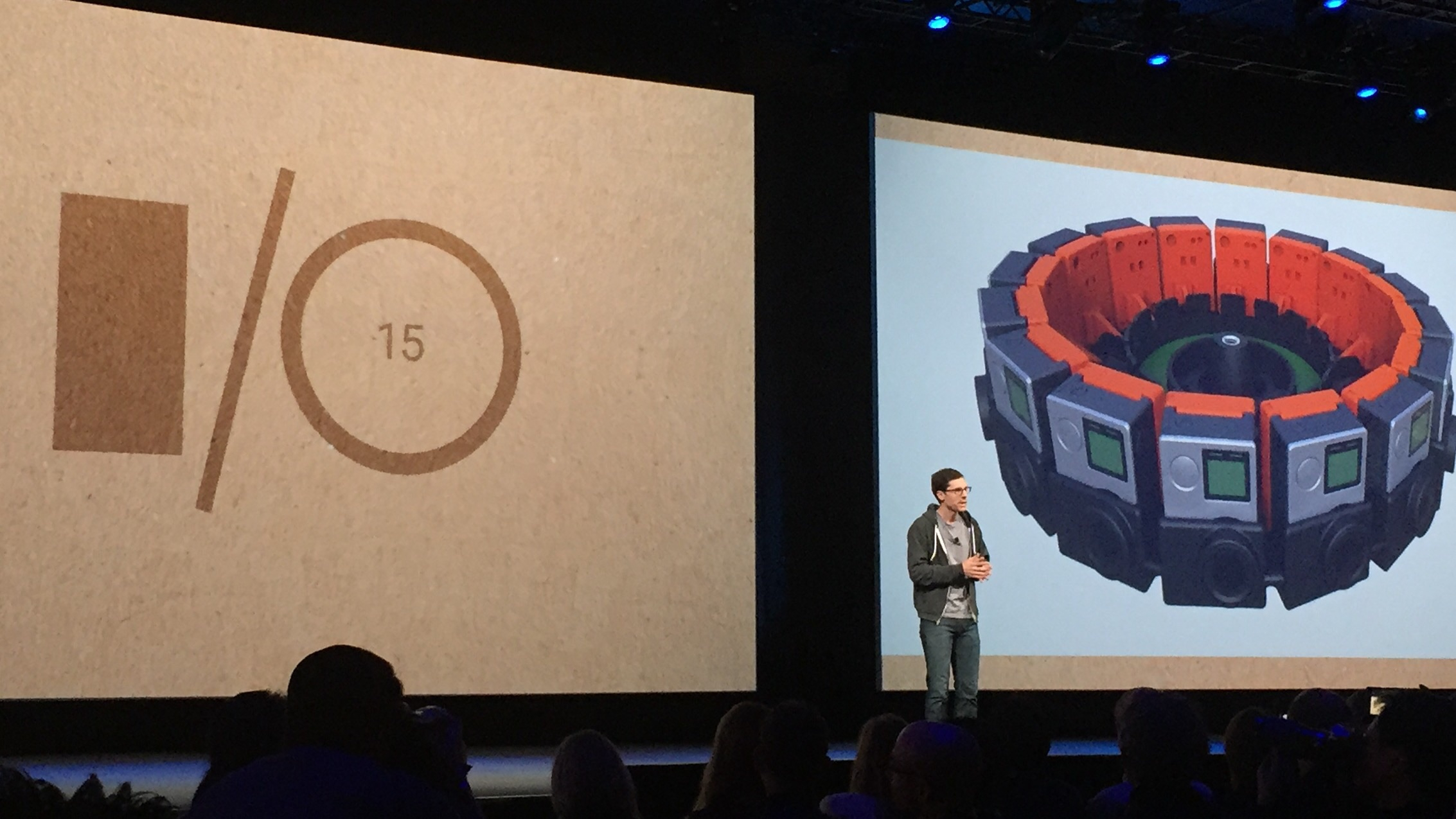Google IO 2015: the biggest news from Google's mega conference

Update: If you wanted to know why Android Pay is better than Apple Pay, Matt Swider provides three reasons from the show floor.
Google IO 2015 is a wrap! We break down all the news from the show below, but check out our list of the coolest tech from Google IO to find out what really caught our imaginations this past week.
There was plenty to gawk at on Day 2, with the team from Advanced Technology and Projects having hosted an exciting, "badass" session. We learned about an initiative to make clothes into wearables called Project Jacquard (and a partnership with Levi's to make that happen), an ultra secure microSD called Project Vault, and an initiative for better authentication called Project Abacus.
The ATAP team also went Hollywood, talking up Spotlight Stories, an interactive story-building kit for filmmakers. Spotlight Stories was formerly a Moto X exclusive, but now an app is headed to the Apple Store and Google Play. A live-action Spotlight Stories short from director Justin Lin called Help was shown in thumping 360-degree action. Google called it "the first immersive, live action film made uniquely for mobile."
We were also treated to a short demo of a working Project Ara phone on stage. The device was functional as soon as new parts were put in: a camera module was slid into place, and the first project Ara photo quickly followed.

Day 1 of the conference was a whirlwind of Android M, new Google Photos, an iOS-friendly Google Cardboard (that now works with 6-inch devices), and Android Pay. Head to the second page to read up on all these announcements and more.
Here's more of our coverage from Google IO 2015:
Sign up for breaking news, reviews, opinion, top tech deals, and more.




Michelle was previously a news editor at TechRadar, leading consumer tech news and reviews. Michelle is now a Content Strategist at Facebook. A versatile, highly effective content writer and skilled editor with a keen eye for detail, Michelle is a collaborative problem solver and covered everything from smartwatches and microprocessors to VR and self-driving cars.